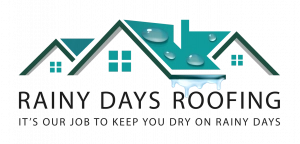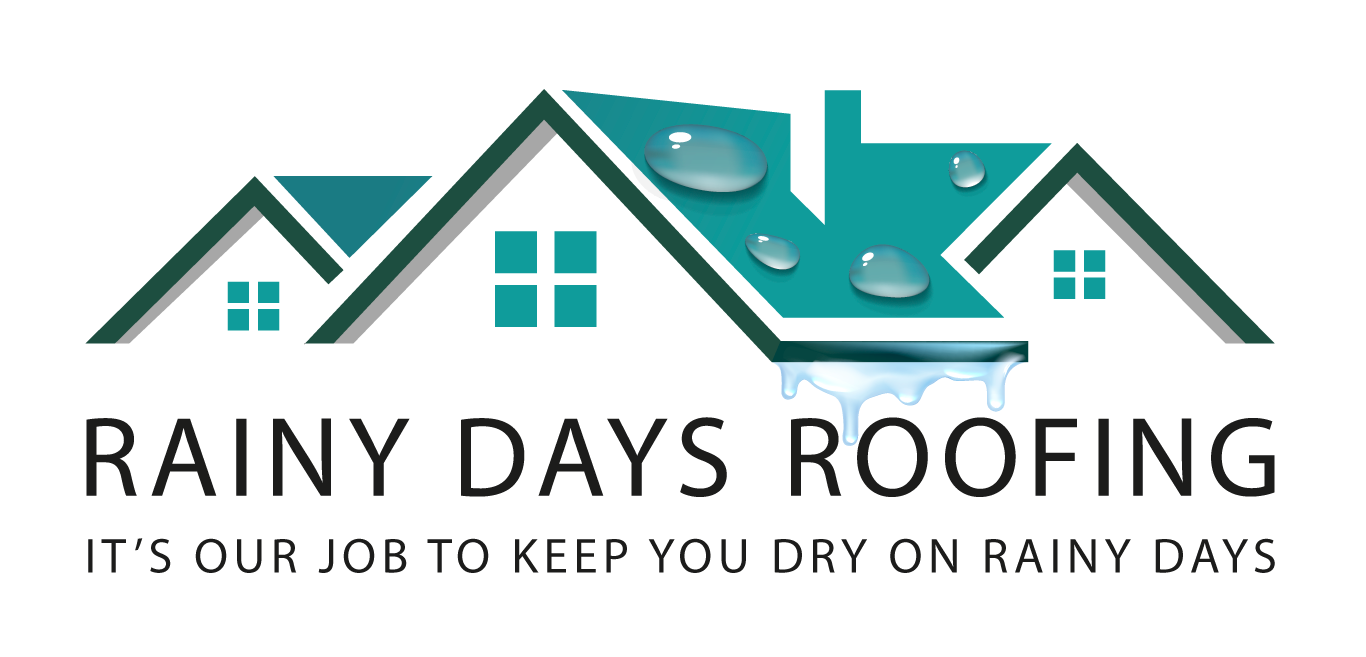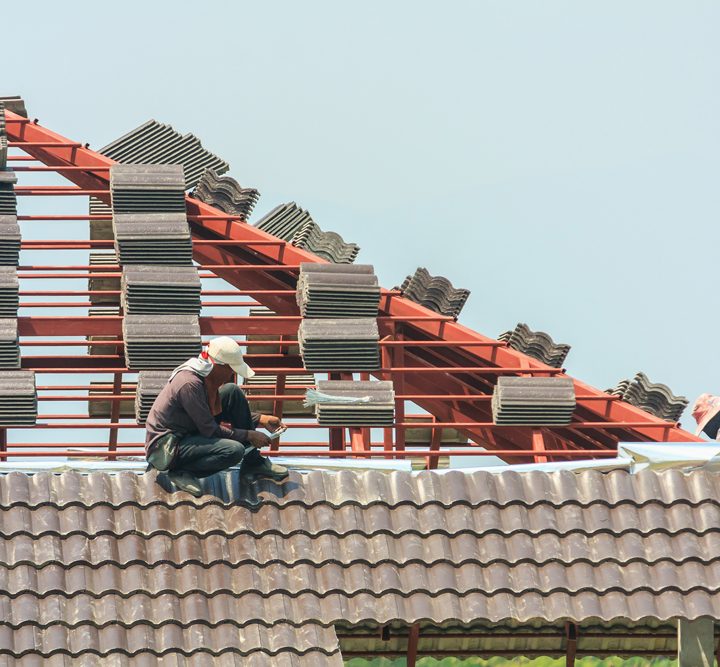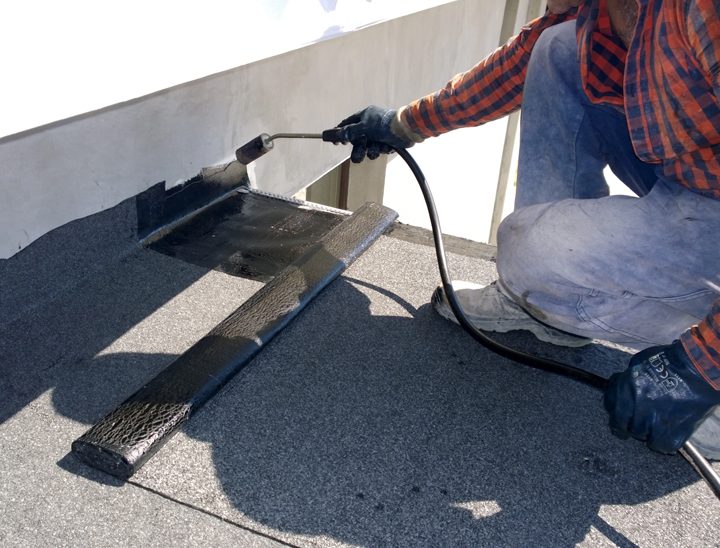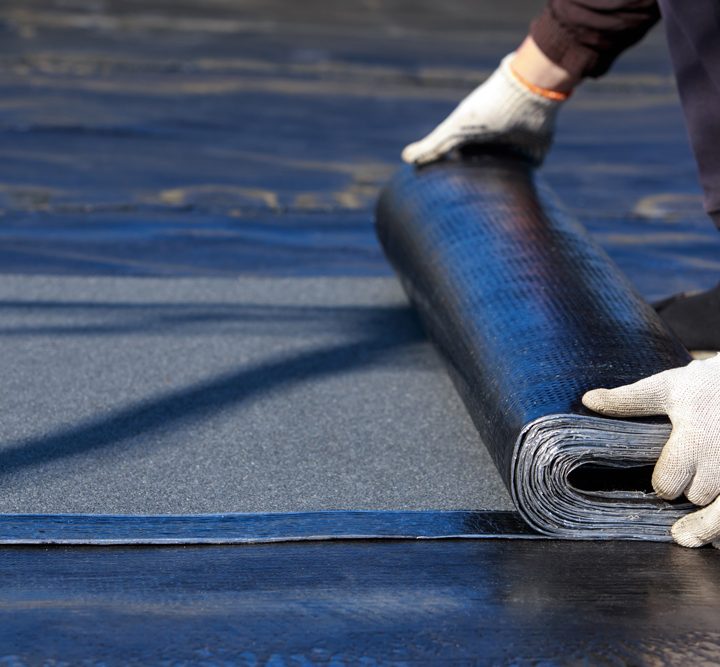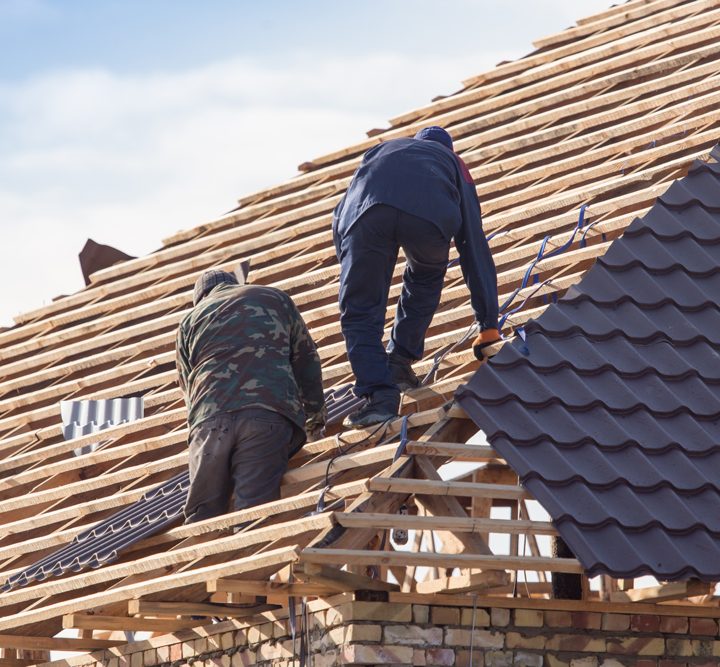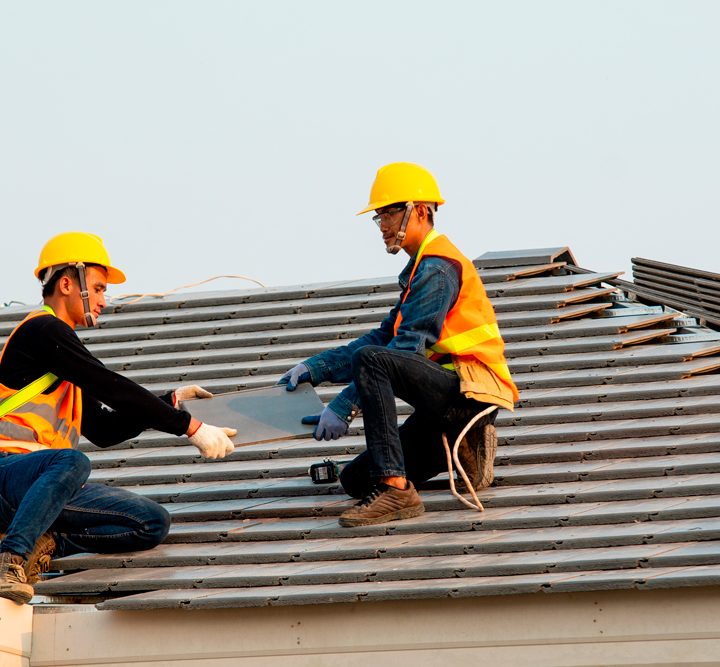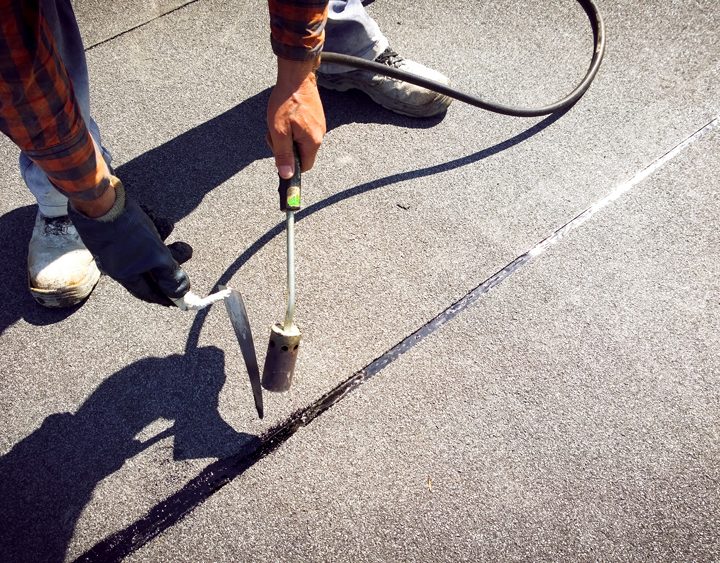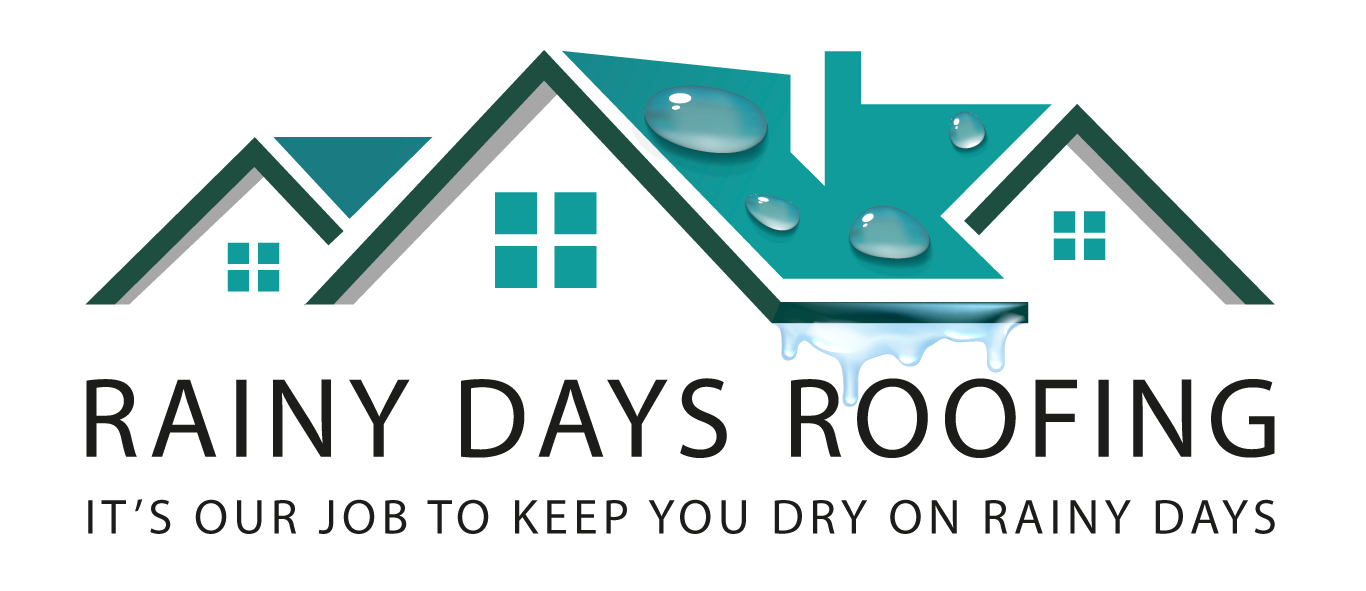Roofing and Loft Condensation: Everything You Need to Know
With spring in full swing, many homes in London and Essex face a quiet but damaging enemy: loft condensation. While it may seem harmless at first, condensation in your loft can lead to serious problems—from damp and mould to timber rot and insulation breakdown. If you’ve ever noticed moisture on roof felt or damp patches in your loft, it’s time to understand the cause and take action.
In this article, we’ll explore everything you need to know about loft condensation, how it forms, what damage it can do, and—most importantly—how to prevent it through correct roofing practices, ventilation, and insulation.
What Is Loft Condensation?
Loft condensation occurs when warm, moist air from inside your home rises into the cold space of your roof void (the loft), where it cools and condenses into water droplets. This typically happens:
At night or early morning
During cold and wet seasons
In homes with poor ventilation
Common sources of internal moisture include showers, cooking, drying clothes indoors, and even breathing. When ventilation in the loft space is inadequate, this moisture has nowhere to go and condenses on cold surfaces like roofing felt or timbers.
Signs You Have Loft Condensation
Watch for these early signs:
Water droplets or damp patches on the underside of the roof
Musty smells in the loft
Damp insulation or discoloured wood
Mould or mildew forming on timbers or insulation
Rust on metal fixings and nails
Ignoring these signs can lead to severe structural problems and health risks caused by mould.

The Link Between Roofing and Condensation
Your roof structure plays a direct role in preventing or promoting loft condensation. Several roofing-related issues may contribute:
1. Poor Ventilation
Without adequate airflow in and out of the loft, humid air becomes trapped. Ventilation should allow fresh air to circulate under the roof deck.
2. Blocked Soffit or Ridge Vents
Even homes designed with passive ventilation can fail if vents become blocked by insulation, dust, or debris.

3. Inadequate Roofing Membranes
Older bitumen felts or poorly installed breathable membranes may not allow sufficient vapour escape.
4. Roof Leaks vs. Condensation
It’s easy to mistake loft condensation for roof leaks. Leaks usually occur in one spot and are more consistent. Condensation is usually widespread and dependent on weather and temperature cycles.
How to Prevent Loft Condensation
Prevention is always better than cure. Here’s how to reduce or eliminate loft condensation:
1. Improve Loft Ventilation
Ensure your roof has continuous airflow by checking soffit, fascia, and ridge vents. Mechanical vents can help in high-moisture households.
2. Upgrade to a Breathable Roofing Membrane
Modern breathable membranes allow moisture vapour to escape while keeping water out. It’s one of the most effective long-term solutions.

3. Check Insulation Placement
Make sure the insulation doesn’t block airflow at the eaves. Maintain clear gaps for ventilation channels. For more information – The Importance of Insulation.
4. Minimise Moisture Production
Use extractor fans in kitchens and bathrooms, and avoid drying clothes indoors. Keep lids on pots when cooking.
5. Use Vapour Barriers Correctly
Install vapour barriers on the warm side of your insulation to stop indoor air reaching the loft space.
The Hidden Costs of Ignoring Condensation

Many homeowners delay addressing condensation issues, only to pay for it later in:
Rotten roof timbers
Ineffective or soaked insulation
Mould growth affecting air quality
Increased heating bills due to damp insulation
If left untreated, condensation can cost thousands in roof repairs and even require full roof replacements.
When to Call Roofing Experts
If you’ve spotted signs of loft condensation, don’t wait. At Rainy Days Roofing, we provide expert assessments and long-term solutions tailored to your home. We cover all of London and Essex and specialise in modern roofing systems that reduce condensation and protect your roof year-round.
We’ll help you:
Identify whether moisture is due to a leak or condensation
Recommend appropriate ventilation and membrane upgrades
Replace water-damaged components before they escalate
For more information: Energy Saving Trust – Condensation and Damp Advice
Conclusion
Loft condensation is more than just a seasonal annoyance—it’s a warning sign that your roof system may not be performing as it should. Fortunately, with a proactive approach, proper ventilation, and quality roofing components, you can eliminate this risk entirely.
If you’re concerned about loft condensation in your home, contact Rainy Days Roofing today. We’ll help you breathe easy with expert roofing advice and solutions that keep your home dry, efficient, and protected.

Author
